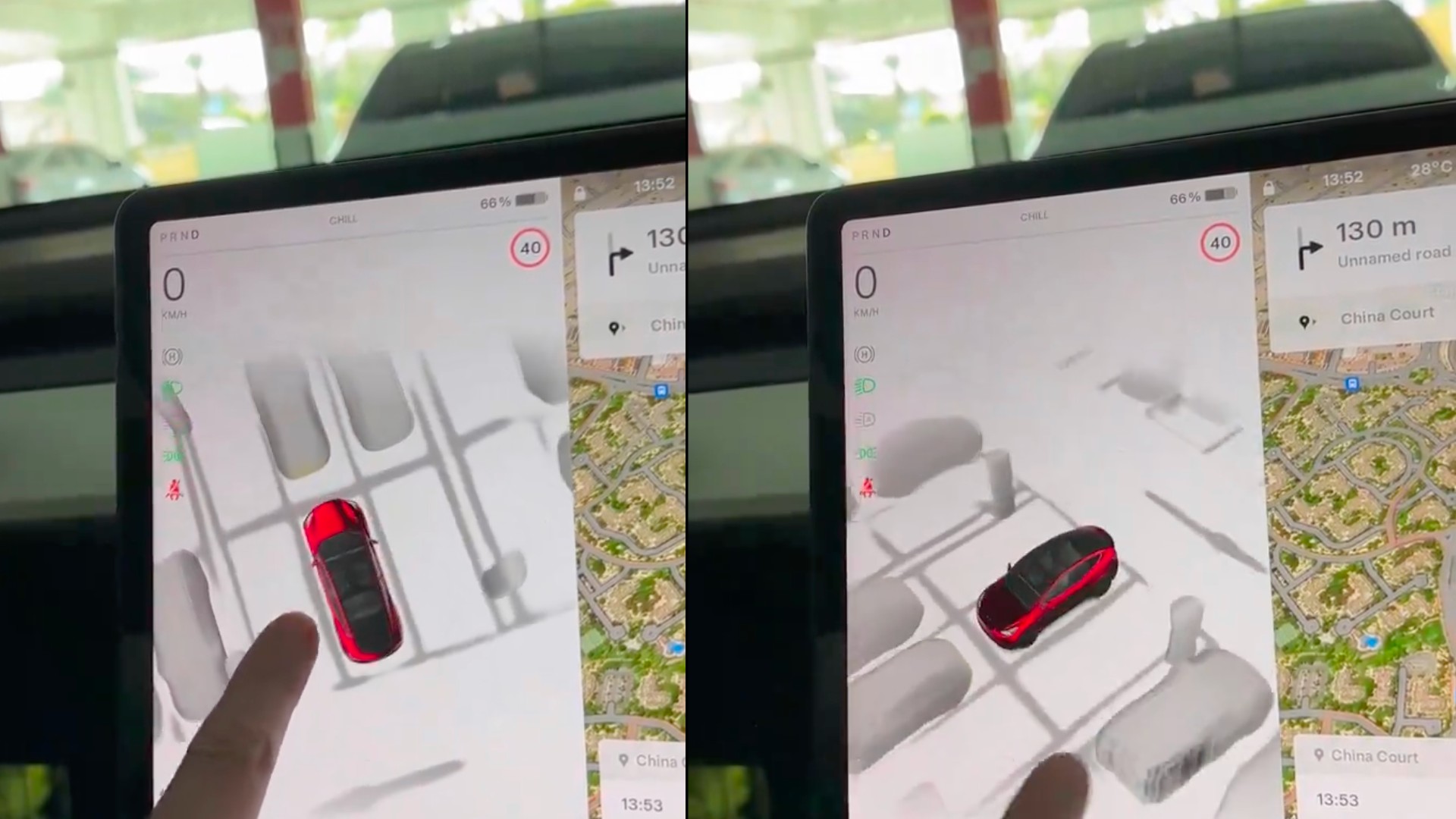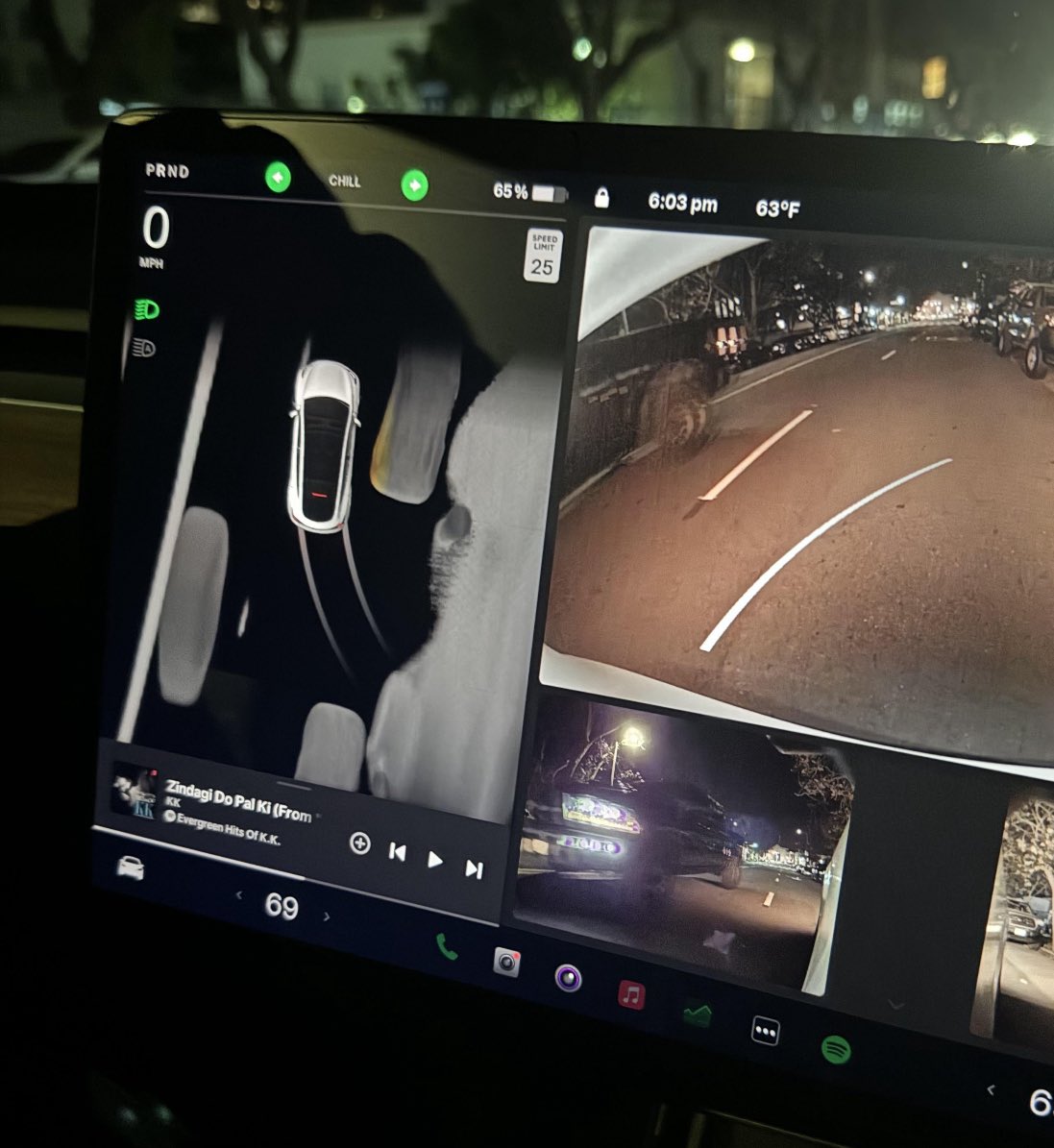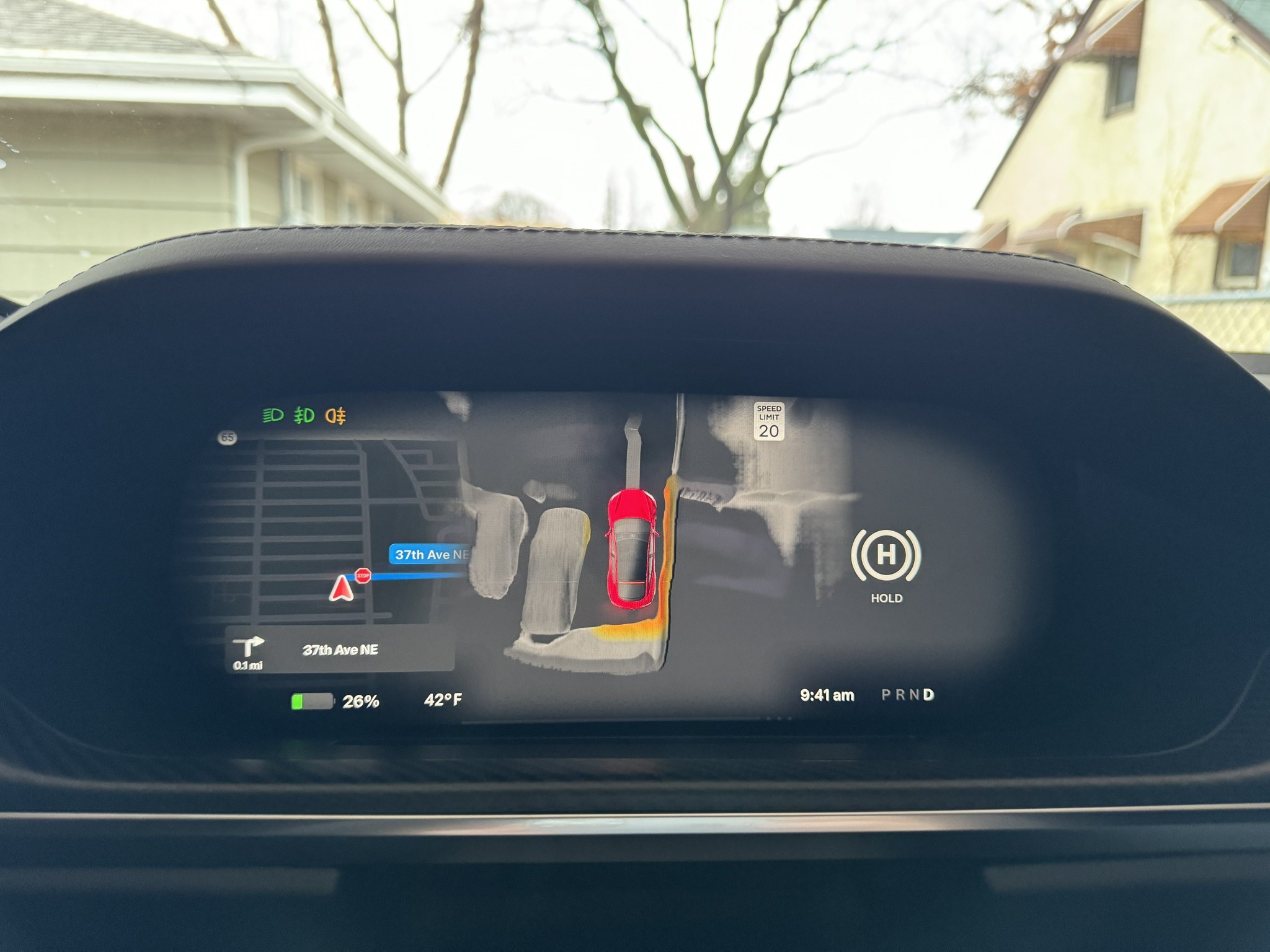Elon Musk recently said that the company’s cars will eventually offer a convenient “Tap to Park” feature
A new video on YouTube (posted below) provides an in-depth look at Tesla’s High Fidelity Park Assist. Viewers can get a good look at the system’s ability to accurately visualize and interact with the car’s surroundings for improved parking assistance but also understand its weaknesses.

Urban traffic and limited parking spaces have made parking challenging, often leading to congestion and increased risk of accidents. Tesla’s High Fidelity Park Assist is not just about making parking easier; it’s about transforming it. Tesla is just cameras to create a 3D visualization of the car’s surroundings, enabling precision parking like never before.
Breakthrough Features of Tesla’s Park Assist

AI DRIVR notes the visual accuracy and the clear view of the surroundings. It vividly shows barriers, crosswalks, parking spots and more. It goes beyond objects that FSD could identify, and even for objects that can’t be identified, they are still displayed on screen in 3D. AI DRIVR also does a great job of pointing out some weaknesses in the current system and determining its accuracy.
Upcoming Improvements
As we know, Tesla is constantly improving, but the first version of this system shows where the following upgrades may further advance the technology. Future versions are expected to offer even more precision and more accurate visual representations. The video presenter suggests the system might even cover larger areas and shift away from gray tones by overlaying images on the 3D objects.

The feature is currently limited to vehicles without ultrasonic sensors (USS), but Tesla’s director of Autopilot already said that the feature will also come to vehicles with USS. However, it’s not clear whether the feature will be limited to vehicles equipped with Ryzen-powered infotainment systems (MCU 3).
Tesla’s improved Park Assist is also currently limited to lower speeds (below about 3 mph), however, this could be expanded as well. One day FSD visualizations could be completely based on this technology instead of relying on pre-made 3D models.
Accuracy and Limitations
The technology accurately renders objects like cones and curbs, but the presenter notes that the system’s accuracy diminishes with proximity to objects. Another area for improvement will be hardware and, obviously, the addition of a front bumper camera. Cars with front bumper cameras will benefit far more from this technology. However, there are no future retrofits, and only the newest production models are equipped with front cameras, such as the Cybertruck. The video notes that the system needs to improve in showing objects directly in front of the car.
Interestingly, the video shows the system performs much better backing into places. It’s likely due to that wide-angle camera. If you or your teenagers have gone through any driver’s training lately, you probably know that backing into spaces is recommended. It allows for a much safer departure from the space, and the new High Fidelity System is set up very well for that.

The High Fidelity Park Assist system represents a significant improvement in Tesla’s Park Assist. These vehicles were previously limited to Park Assist with questionable accuracy. Its ability to now accurately visualize surroundings in real-time offers a safer and more efficient parking experience. The system’s ongoing development promises continual improvements, potentially leading to more precise and reliable parking assistance than currently available with ultrasonic sensors. This technology sets a new standard in the evolution of Tesla’s Park Assist.
